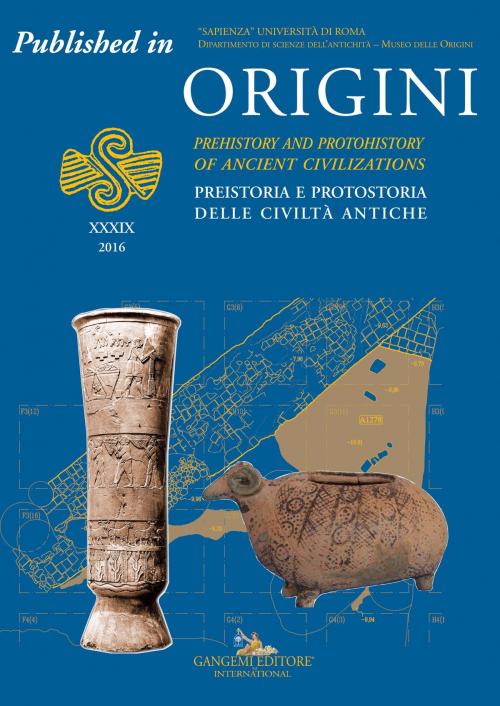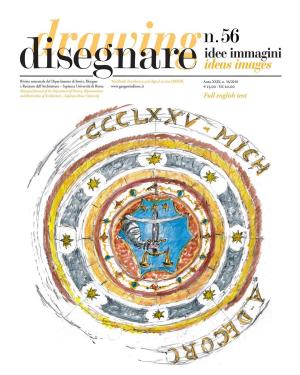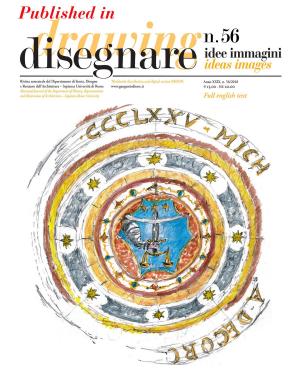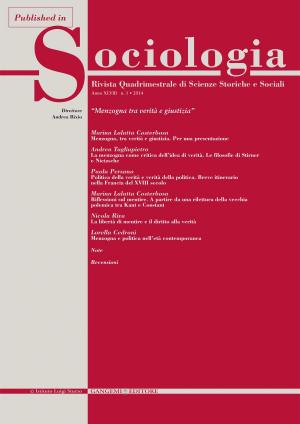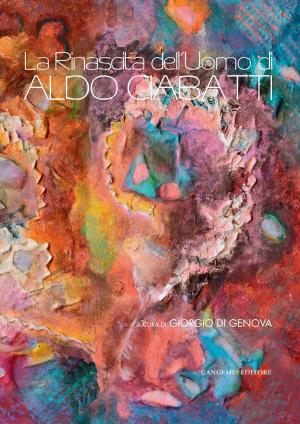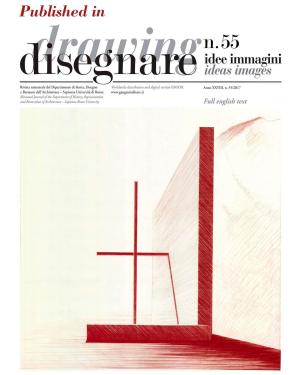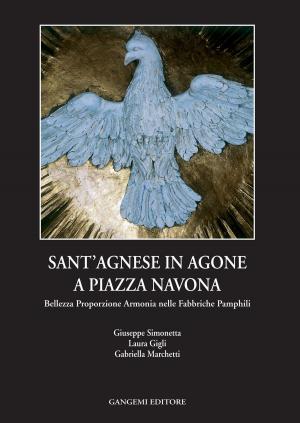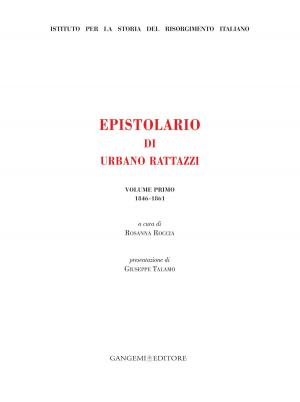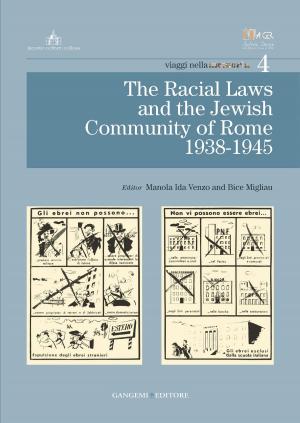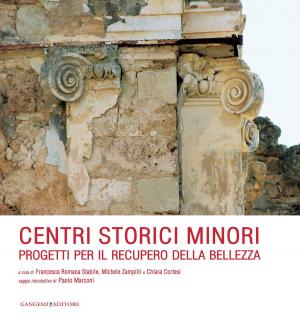The earliest processes toward city-states, political power and social stratification in Middle Tyrrhenian Italy
Published in Origini n. XXXIX/2016. Rivista annuale del Dipartimento di Scienze dell’Antichità – “Sapienza” Università di Roma | Preistoria e protostoria delle civiltà antiche – Prehistory and protohistory of ancient civilizations
Nonfiction, Social & Cultural Studies, Social Science, Archaeology, Anthropology| Author: | Marco Pacciarelli | ISBN: | 9788849248401 |
| Publisher: | Gangemi Editore | Publication: | September 29, 2017 |
| Imprint: | Gangemi Editore | Language: | English |
| Author: | Marco Pacciarelli |
| ISBN: | 9788849248401 |
| Publisher: | Gangemi Editore |
| Publication: | September 29, 2017 |
| Imprint: | Gangemi Editore |
| Language: | English |
Published in Origini n. XXXIX/2016. Rivista annuale del Dipartimento di Scienze dell’Antichità – “Sapienza” Università di Roma | Preistoria e protostoria delle civiltà antiche – Prehistory and protohistory of ancient civilizations | The Bronze Age in Italy (2200-925 BCE) corresponds to a historical cycle that witnesses the construction of forms of land occupation and exploitation headed by systems of interrelated villages. Starting in Middle Bronze Age phases 1-2 (1700-1400 BCE), within those communities, social groups of sword-bearer men emerge, into which a female component becomes integrated. In some areas this social group seems to have developed differentiated forms of access to certain goods, that in the South may have included livestock. However, at least until Recent Bronze Age, there are no proofs of neither the formation of markedly distinct socio-economic classes nor of stable forms of centralized political power. In some areas of Italy, especially in Recent and Final Bronze Ages (1300-925 BCE), processes develop that transform the village systems, through a reduction in the density of territorial occupation, and a parallel formation or consolidation of major defended settlements that control territories with a radius of several kilometers. A phase of strong growth of socio-economic complexity occurred in Italy between the 12th and 11th century BC, with the formation of a distinct elite and of embryonic forms of centralization of power, in which women may have played a significant role. The 10th century BC corresponds to a crucial development stage which witnesses a generalized turning point, especially in the mid-Tyrrhenian area. In Latium vetus we see a greater political integration between small- and medium-sized communities by the establishment of forms of central power legitimized by symbolic-religious meanings, and stably transmitted across generations. Southern Etruria, along with other areas, during the same phase experiences a profound geopolitical restructuring, which leads to the abandonment of the majority of the villages and to the formation of six new protourban centers, that were tens of times larger both in terms of settlement size and territorial extension. Based on the review of Early Iron Age (925-725 BCE) phase 1 funerary evidence at least at Tarquinia it was possible to demonstrate that the formation of protourban communities corresponds to the emergence of a stable political-military power, further legitimized through cultic prerogatives, permanently centralized within a single group, and regularly passed on. This stability of power was one of the preconditions for the development toward the prominent forms of socio-economic complexity increasingly and clearly detectable in the funerary record since the 8th century BC.
Published in Origini n. XXXIX/2016. Rivista annuale del Dipartimento di Scienze dell’Antichità – “Sapienza” Università di Roma | Preistoria e protostoria delle civiltà antiche – Prehistory and protohistory of ancient civilizations | The Bronze Age in Italy (2200-925 BCE) corresponds to a historical cycle that witnesses the construction of forms of land occupation and exploitation headed by systems of interrelated villages. Starting in Middle Bronze Age phases 1-2 (1700-1400 BCE), within those communities, social groups of sword-bearer men emerge, into which a female component becomes integrated. In some areas this social group seems to have developed differentiated forms of access to certain goods, that in the South may have included livestock. However, at least until Recent Bronze Age, there are no proofs of neither the formation of markedly distinct socio-economic classes nor of stable forms of centralized political power. In some areas of Italy, especially in Recent and Final Bronze Ages (1300-925 BCE), processes develop that transform the village systems, through a reduction in the density of territorial occupation, and a parallel formation or consolidation of major defended settlements that control territories with a radius of several kilometers. A phase of strong growth of socio-economic complexity occurred in Italy between the 12th and 11th century BC, with the formation of a distinct elite and of embryonic forms of centralization of power, in which women may have played a significant role. The 10th century BC corresponds to a crucial development stage which witnesses a generalized turning point, especially in the mid-Tyrrhenian area. In Latium vetus we see a greater political integration between small- and medium-sized communities by the establishment of forms of central power legitimized by symbolic-religious meanings, and stably transmitted across generations. Southern Etruria, along with other areas, during the same phase experiences a profound geopolitical restructuring, which leads to the abandonment of the majority of the villages and to the formation of six new protourban centers, that were tens of times larger both in terms of settlement size and territorial extension. Based on the review of Early Iron Age (925-725 BCE) phase 1 funerary evidence at least at Tarquinia it was possible to demonstrate that the formation of protourban communities corresponds to the emergence of a stable political-military power, further legitimized through cultic prerogatives, permanently centralized within a single group, and regularly passed on. This stability of power was one of the preconditions for the development toward the prominent forms of socio-economic complexity increasingly and clearly detectable in the funerary record since the 8th century BC.
